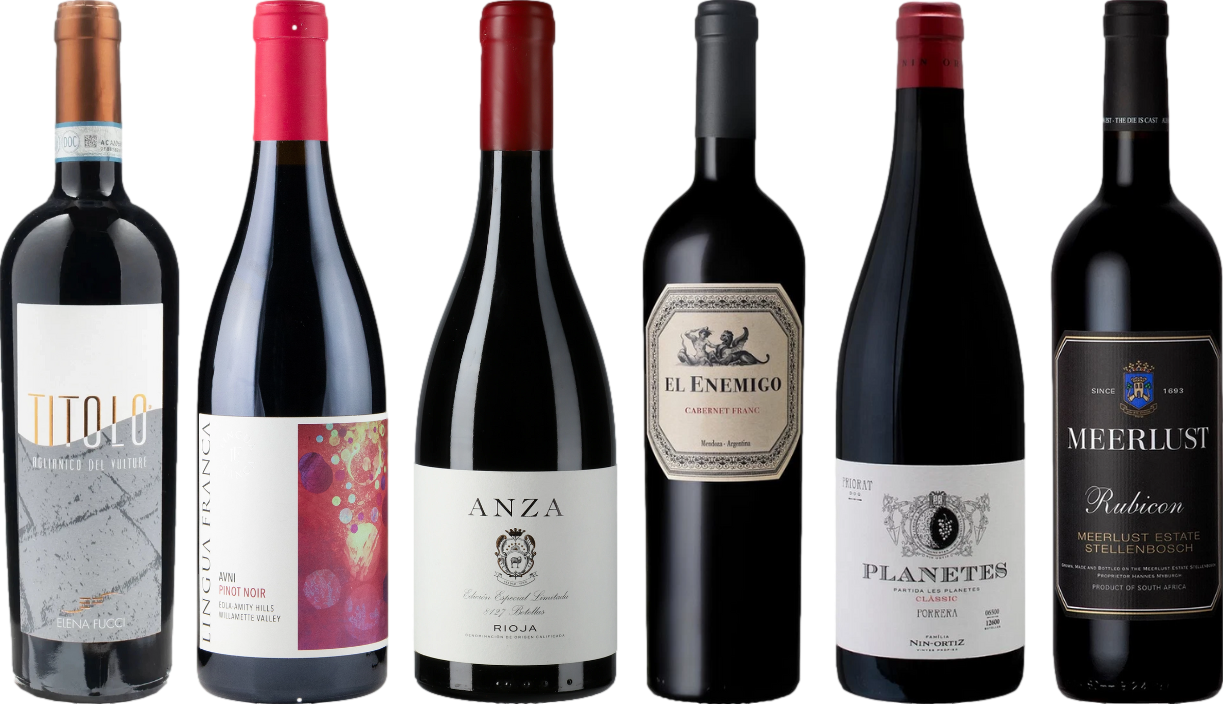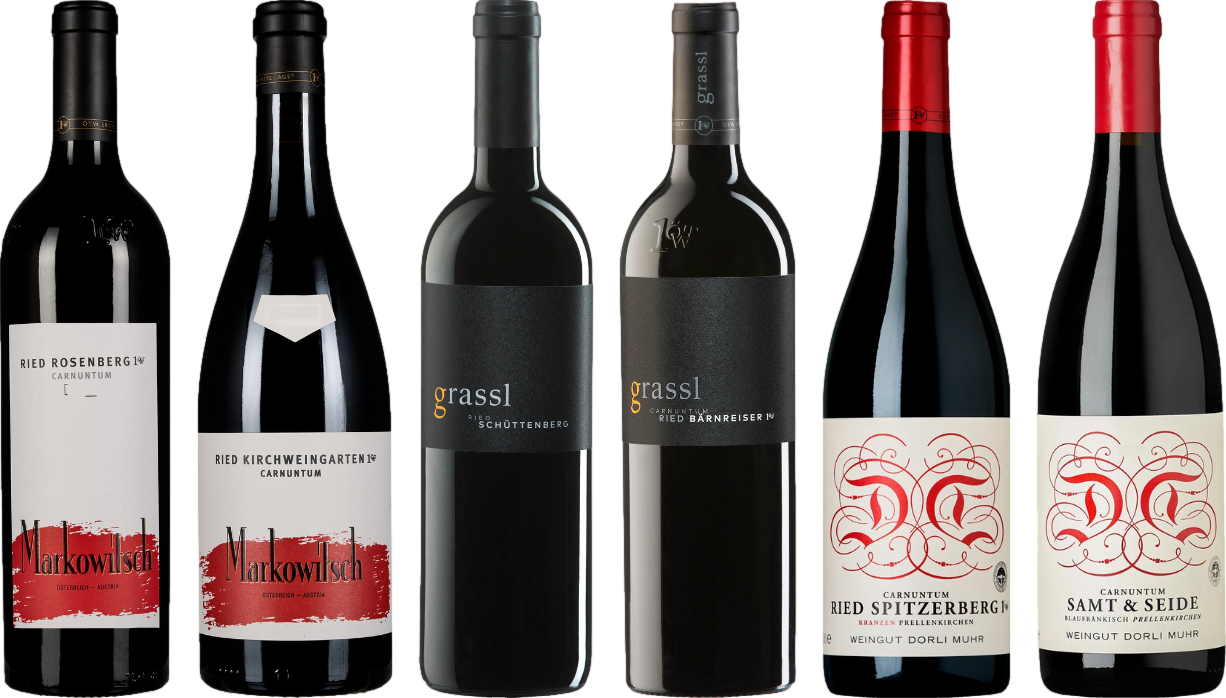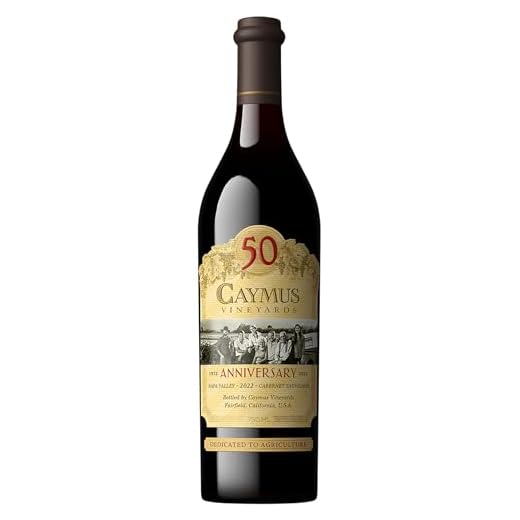



Incorporating a specific fermented beverage into your routine may enhance your slimming efforts. Research suggests that moderate consumption of this drink can improve metabolism and promote fat oxidation, making it a potential ally for those aiming to shed extra pounds.
Numerous studies indicate that the presence of antioxidants, particularly resveratrol found in this beverage, may play a significant role in weight management. Resveratrol has been linked to the regulation of fat cells and may support overall metabolic health. Regular, moderate intake could encourage a healthier body composition, especially when combined with a balanced diet and physical activity.
For those interested in incorporating this drink into their lifestyle, moderation is key. Aim for one glass per day, ideally paired with meals to maximize its benefits. It’s important to remember that while this beverage can complement a healthy lifestyle, it should not be relied upon as a sole strategy for weight reduction.
Impact of a Certain Grape Beverage on Reducing Body Mass
Incorporating a specific fermented beverage from grapes can be beneficial if consumed in moderation. Research indicates that the polyphenols present in this libation may assist in metabolic processes, potentially aiding in fat oxidation. This can lead to a more efficient energy expenditure during physical activities.
Serving sizes matter significantly. Typically, one glass (approximately 5 ounces) is considered adequate to reap potential benefits without excessive caloric intake. Consuming this beverage alongside a balanced diet can enhance overall satisfaction and reduce cravings for unhealthy snacks.
| Component | Potential Benefit |
|---|---|
| Polyphenols | May enhance metabolism |
| Resveratrol | Could support fat reduction |
| Low Caloric Value | Allows for moderation without excess |
Pairing this drink with meals that are rich in fiber, such as vegetables and whole grains, can further promote a feeling of fullness. Opting for food combinations that complement tastes can lead to a more enjoyable dining experience, potentially reducing the likelihood of overeating.
Regular physical activity should accompany consumption. Engaging in moderate exercise can amplify the effects of the antioxidants found in this beverage, fostering improved body composition and overall health.
In summary, while this grape-based beverage can play a role in a weight management strategy, it is not a standalone solution. Moderation, balanced nutrition, and an active lifestyle remain paramount in achieving desired results.
Understanding the Role of Resveratrol in Weight Management
Incorporating resveratrol into your diet could potentially assist in managing body composition. This compound, primarily found in grape skins, is noted for its possible influence on fat metabolism.
Mechanisms of Resveratrol
Research suggests that resveratrol may promote the browning of white adipose tissue, which is associated with increased energy expenditure. This transformation can enhance the body’s ability to burn fat rather than store it.
- Stimulates mitochondrial function, leading to higher energy production.
- May reduce inflammation, which is often linked to obesity.
- Supports insulin sensitivity, potentially aiding in better glucose management.
Incorporating Resveratrol into Your Diet
To incorporate this compound effectively:
- Choose sources rich in resveratrol, such as certain berries, peanuts, and dark chocolate.
- Consider moderate consumption of beverages containing this compound, as it may enhance overall intake.
- Combine dietary sources with a balanced regimen including exercise for optimal results.
While resveratrol shows promise, it’s important to approach weight management holistically, integrating various lifestyle factors for the best outcomes.
Caloric Content of Red Wine: How Much is Too Much?
The caloric content of a typical serving of a specific varietal ranges from 120 to 130 calories per 5-ounce glass. This number can vary depending on the sweetness and alcohol level. For instance, sweeter options tend to pack more calories due to higher sugar content. If you’re monitoring caloric intake, remember that moderation is key. Consuming more than a couple of servings can lead to a significant caloric surplus, counteracting any potential benefits.
It’s crucial to consider these calories in the context of your daily intake. For example, if your goal is to maintain or reduce body mass, allocating calories wisely is essential. A glass or two can fit into a balanced diet, but exceeding that may hinder progress. I suggest tracking your consumption if you’re serious about managing your caloric intake.
Pairing is also an important aspect. Enjoying a glass alongside a balanced meal can enhance your overall dining experience without derailing your dietary goals. You might find that lighter meals, such as those prepared in a Le Creuset skillet, complement your drink choice beautifully while keeping the caloric count in check.
In summary, understanding the caloric contribution of each serving is essential. Keep it moderate, and ensure that it fits into your overall dietary plan if you’re aiming to manage your mass effectively.
Red Wine and Appetite Suppression: What the Studies Say
Research indicates that moderate consumption of this beverage may contribute to appetite suppression. A study published in the “Journal of Nutrition” highlighted the potential role of polyphenols in regulating hunger hormones. Participants who consumed moderate amounts reported reduced feelings of hunger compared to those who abstained.
Another investigation found that compounds present in this drink might activate certain pathways in the brain associated with satiety. This suggests that the enjoyment of a glass could facilitate a feeling of fullness, which may assist in portion control during meals.
However, moderation is key. While studies support the notion of appetite regulation, excessive intake can lead to the opposite effect, resulting in overeating. It’s essential to balance enjoyment with awareness of overall consumption.
Incorporating this drink into a meal can enhance the dining experience, potentially leading to a more satisfying meal while curbing excess calorie intake. Pairing it with nutritious foods can further enhance its benefits, creating a harmonious balance between enjoyment and health.
Explore the nuances of flavors and how they interact with your palate. By understanding these dynamics, you can make informed choices that align with your dietary goals while savoring the richness of this delightful beverage.
Comparing Red Wine with Other Alcoholic Beverages for Weight Management
Opting for certain types of alcohol can influence your caloric intake and overall fitness goals. Among various choices, some options may offer advantages that others lack.
Caloric Comparison
When evaluating beverages, consider the average caloric content:
- Standard serving of a light beer: approximately 100 calories
- Regular beer: around 150 calories
- Spirits (1.5 oz): typically 100 calories (excluding mixers)
- Sweet cocktails: can exceed 250 calories per serving
- Most red varieties: about 125 calories per 5 oz serving
This comparison indicates that a typical glass of red can be a moderate option, especially when consumed in moderation compared to sweeter cocktails and regular beers.
Impact on Metabolism
Alcohol in moderation may have varying effects on metabolic rates. Light to moderate consumption is linked to a temporary increase in energy expenditure, which could be beneficial. However, excessive intake tends to counteract these benefits, leading to fat accumulation.
When considering alternatives, spirits mixed with soda water or light tonic can provide lower caloric options. Light beers may also serve as a reasonable choice, although they often lack the beneficial compounds found in red varieties.
In summary, if managing your caloric intake is a priority, opting for a moderate serving of red offers a balance of enjoyment and fewer calories compared to many other alcoholic options. Always consider the context of your overall diet and activity level when making choices in beverages.
Timing Your Red Wine Consumption for Optimal Results
To maximize benefits from your evening pour, aim to enjoy a glass shortly before or during dinner. Studies suggest that moderate alcohol intake during meals can enhance digestion, allowing for better nutrient absorption. This practice not only complements the flavors of your meal but may also assist in regulating appetite.
Evening Rituals
Consuming a glass in the early evening can serve as a signal for your body that it’s time to wind down, potentially reducing late-night snacking. Pairing your drink with a balanced meal, rich in proteins and healthy fats, can amplify the experience and promote satiety. Avoiding consumption on an empty stomach is crucial, as this may lead to overeating later in the evening.
Weekend Strategies
On weekends, consider savoring your choice earlier in the evening, perhaps as part of a social gathering. This can create a relaxed atmosphere, making it easier to enjoy food mindfully. Experiment with different varietals to enhance your culinary experiences, while still adhering to moderation guidelines. Keeping your intake within reasonable limits ensures that you’re enjoying the occasion without compromising your goals.
Integrating Red Wine into a Balanced Diet: Tips and Tricks
Incorporate small servings into meal times to enhance flavor while managing calorie intake. A standard glass of 5 ounces fits well within a moderate approach. Pairing this beverage with meals rich in fiber and protein can promote satisfaction, preventing overindulgence in other high-calorie options.
Consider choosing options with lower alcohol content, as these tend to have fewer calories. Look for wines labeled as “light” or “lower-alcohol” to align enjoyment with dietary goals. Also, explore organic or biodynamic varieties; these often contain fewer additives and may provide a purer taste experience.
Timing matters. Enjoying a glass during meals, rather than as a standalone drink, can enhance the dining experience while minimizing the temptation to consume extra calories. This strategy can also improve digestion, leading to a more satisfying meal overall.
Experiment with food pairings that complement the flavors of the beverage. Dishes featuring lean proteins, whole grains, and plenty of vegetables create a balanced plate that enhances the tasting experience, while keeping calorie counts in check.
Lastly, stay hydrated. Alternate between a glass of the beverage and water. This not only helps maintain hydration levels but also allows you to enjoy the flavors without excessive consumption. Balancing enjoyment and moderation is key to integrating this beverage into a nutritious lifestyle.










